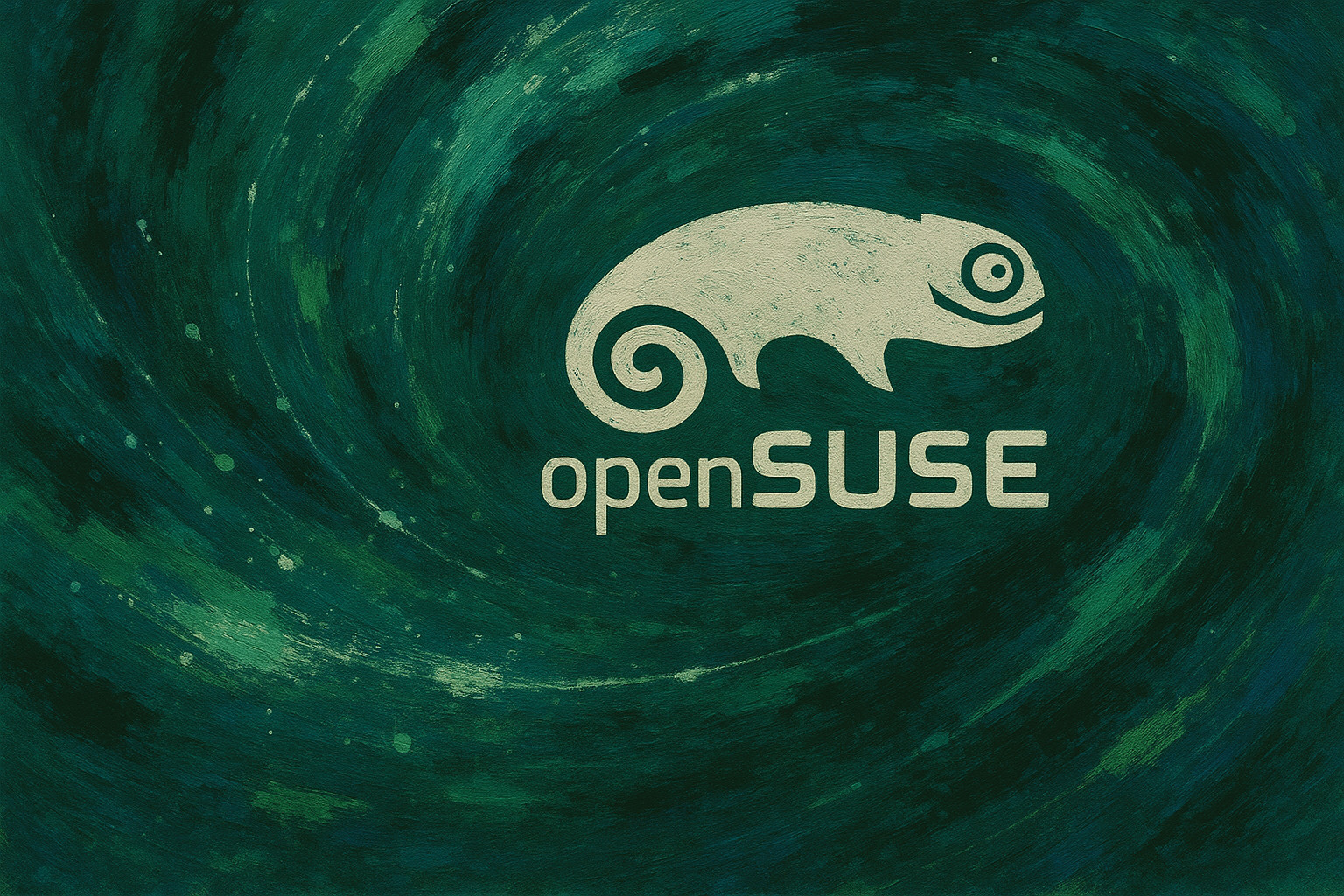openSUSE: Key Features, Strengths, and Benefits

Table of Contents
openSUSE: Core Features and Unique Strengths#
openSUSE is a free, community-driven Linux distribution backed by SUSE (an enterprise Linux company). It was born to serve a wide range of uses – from desktops and servers to containers – literally inviting users to embrace the chameleon of Linux computing. As the official site notes, openSUSE produces open-source operating systems for “desktops, servers and containers”, highlighting its versatility. It’s also truly free – “with no strings attached” – meaning no hidden fees, ads, or forced accounts. In short, openSUSE aims to give users autonomy: the motto is essentially “those who do, decide”. Every contribution is valued, so the distro grows by user input and is governed by its community. It’s “industry-backed and community-supported”, combining enterprise stability with grassroots energy.
openSUSE’s ecosystem centers on a few standout tools and practices:
YaST: The Swiss Army Knife of System Setup#
One of openSUSE’s most distinctive features is YaST (Yet another Setup Tool). Despite its cheeky name, YaST is no joke – it’s a full-service administration center. YaST handles almost every aspect of system configuration: installation, disk partitioning, network setup, user management, firewall, package updates and more. It provides both a polished Qt-based graphical interface and a text-based interface (perfect for terminal or SSH management). This means you can point-and-click through hundreds of settings or script them in text mode. The YaST framework includes modules for nearly every system task. For example, AutoYaST can export your install configuration and replicate it on hundreds of machines automatically.
zypper: Robust Package Management#
Under the hood, openSUSE’s package management is powered by zypper. Zypper is a command-line package manager for installing, updating, and removing software. It handles software repositories and dependencies with ease. In practice, you rarely “break” an update because zypper has a sophisticated dependency resolver and transaction logic. It can update single packages, refresh all repos, or do a full distribution upgrade (e.g. zypper dup on Tumbleweed).
Release Models: Tumbleweed vs. Leap#
openSUSE recognizes that different users have different needs, so it offers multiple release models:
Tumbleweed (Rolling Release): This is openSUSE’s cutting-edge track. Tumbleweed “continuously updated; always the latest packages,” meaning new kernel, desktop, and application versions arrive as soon as they are ready. It’s tested via openQA but still represents a rolling development stream.
Leap (Stable Release): Leap is the conservative sibling. It’s a point-release distribution that ties into SUSE Linux Enterprise. Leap “is a regular release based on the newest SUSE Linux Enterprise available at the time.” It is ideal for production servers and users who prefer reliability over bleeding-edge features.
openSUSE even advertises itself as available “in several different flavors”. For those wanting something in-between, there’s Slowroll and MicroOS as well.
Stability and Enterprise-Grade Tools#
Leap shares much of its codebase with SUSE’s enterprise Linux. Leap “correlates with SUSE Linux Enterprise, providing a solid foundation for enterprise environments that demand high availability and reliability.” source Security-wise, openSUSE uses AppArmor by default.
Another unique feature is Btrfs + Snapper on the root filesystem. By default, Leap formats / with Btrfs and enables Snapper snapshots. This lets users roll back to a clean state after system upgrades or configuration mistakes. source
openSUSE also supports serious tools for professional and server-grade work: KVM/libvirt, Xen, Docker/Podman, GNU dev tools, OBS, Kubernetes modules, and more. There’s also LVM, XFS, and cloud-init support.
Community, Documentation, and Support#
openSUSE is governed by contributors, not just companies. “Those who do, decide” – and every line of code or wiki update counts. The Board serves more as a facilitator than a top-down authority.
The project maintains excellent documentation, plus active forums, mailing lists, and IRC support. The official docs cover Reference Guides, Administration, Virtualization, and more for both Leap and Tumbleweed.
In summary, openSUSE combines power with polish. It delivers on flexibility, offers serious sysadmin tools, and empowers users with autonomy and safety nets like snapshots. Whether you’re a tinkerer or a production sysadmin, openSUSE gives you a rock-solid foundation to build on.